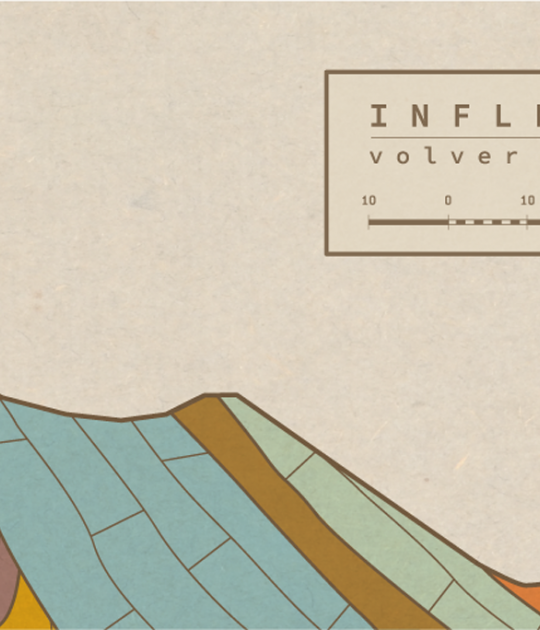Following the welcome speech by the director of the Istanbul Design Biennial Deniz Ova, the curators Beatriz Colomina and Mark Wigley announced that the 3rd Istanbul Design Biennial is entitled “ARE WE HUMAN? : The Design of the Species : 2 seconds, 2 days, 2 years, 200 years, 200,000 years” and will explore the intimate relationship between the concepts of “design” and “human.” The Biennial Deiz Ova invites a wide arrange of designers and thinkers from around the world to respond to a compact set of eight interlinked propositions:
DESIGN IS ALWAYS DESIGN OF THE HUMAN
THE HUMAN IS THE DESIGNING ANIMAL
OUR SPECIES IS COMPLETELY SUSPENDED IN ENDLESS LAYERS OF DESIGN
DESIGN RADICALLY EXPANDS HUMAN CAPABILITY
DESIGN ROUTINELY CONSTRUCTS RADICAL INEQUALITIES
DESIGN IS EVEN THE DESIGN OF NEGLECT
“GOOD DESIGN” IS AN ANESTHETIC
DESIGN WITHOUT ANESTHETIC ASKS URGENT QUESTIONS ABOUT OUR HUMANITY
These propositions will be explored over the coming year in events, classes, workshops, and online discussions – including open calls for responses to the propositions by short videos. The details of the open call for the 3rd Istanbul Design Biennial will be announced as of 1 February 2016.
Colomina and Wigley said
“Design always presents itself as serving the human but its real ambition is to redesign the human. The history of design is therefore a history of evolving conceptions of the human. To talk about design is to talk about the state of our species. Humans have always been radically reshaped by the designs they produce and the world of design keeps expanding. We live in a time when everything is designed, from our carefully crafted individual looks and online identities, to the surrounding galaxies of personal devices, new materials, interfaces, networks, systems, infrastructures, data, chemicals, organisms, and genetic codes. The average day involves the experience of thousands of layers of design that reach to outer space but also reach deep into our bodies and brains. We literally live inside design, like the spider lives inside the web constructed from inside its own body. But unlike the spider, we have spawned countless overlapping and interacting webs. Even the planet itself has been completely encrusted by design as a geological layer. There is no longer an outside to the world of design. Design has become the world.
Design is what makes the human. It is the basis of social life, from the very first artefacts to the exponential expansion of human capability. But design also engineers inequalities and new forms of neglect. More people than ever in history are forcibly displaced by war, lawlessness, poverty, and climate at the same time that the human genome and the weather are being actively redesigned. We can no longer reassure ourselves with the idea of “good design.” Design needs to be redesigned.”
social life, from the very first artefacts to the exponential expansion of human capability. But design also engineers inequalities and new forms of neglect. More people than ever in history are forcibly displaced by war, lawlessness, poverty, and climate at the same time that the human genome and the weather are being actively redesigned. We can no longer reassure ourselves with the idea of “good design.” Design needs to be redesigned.”

































